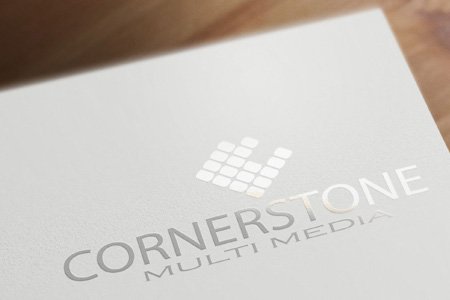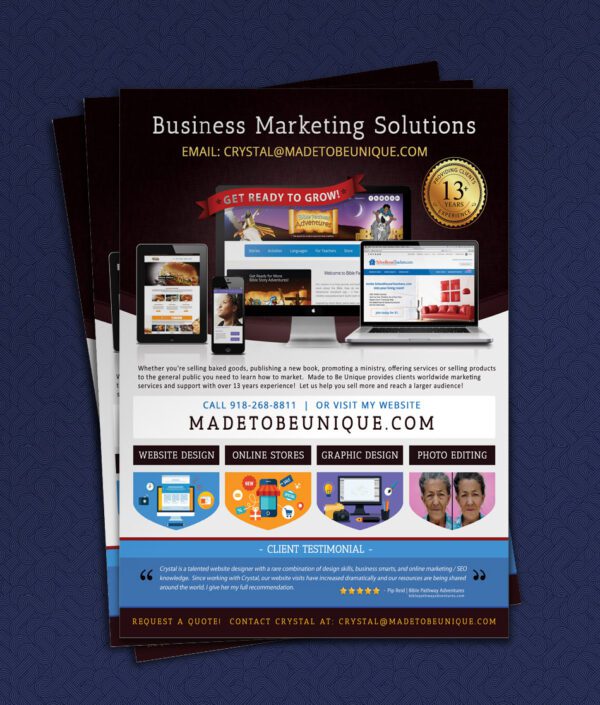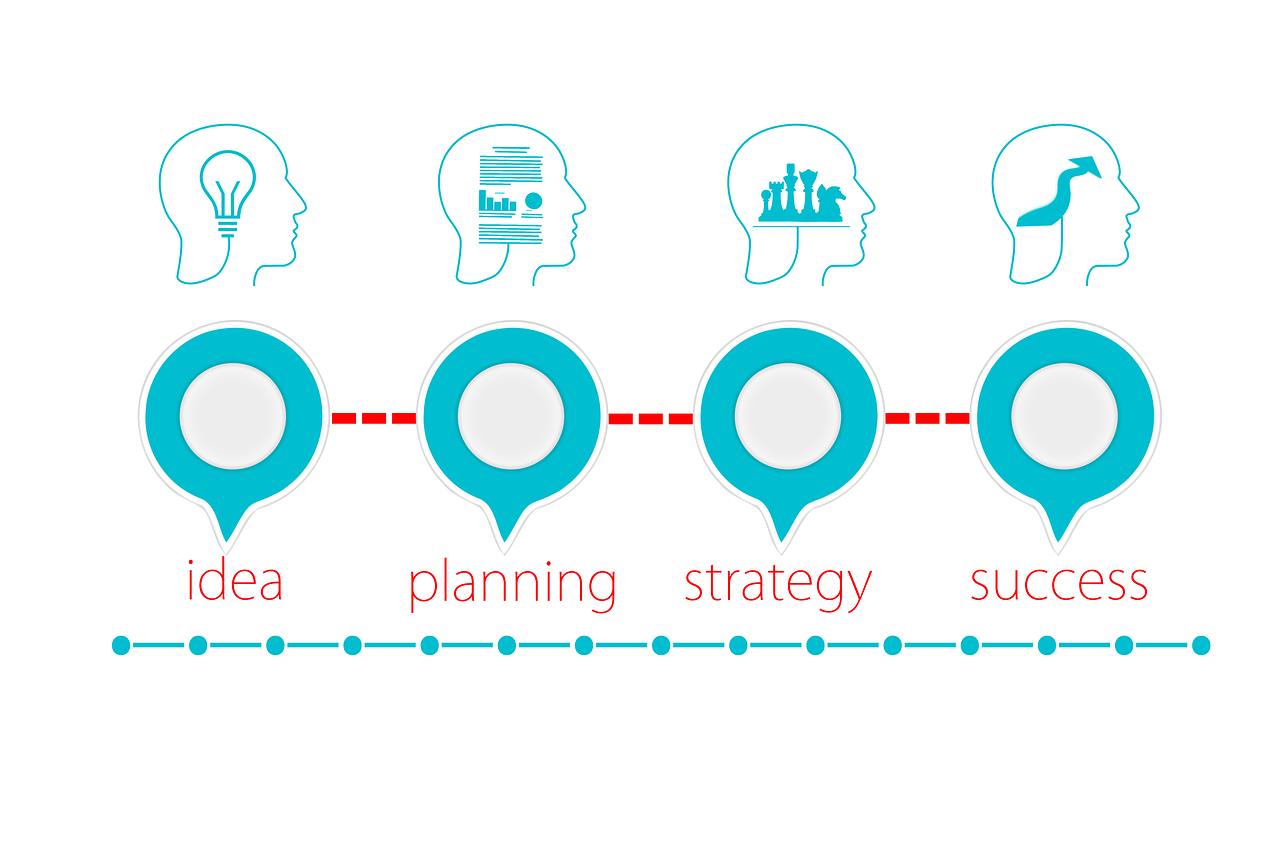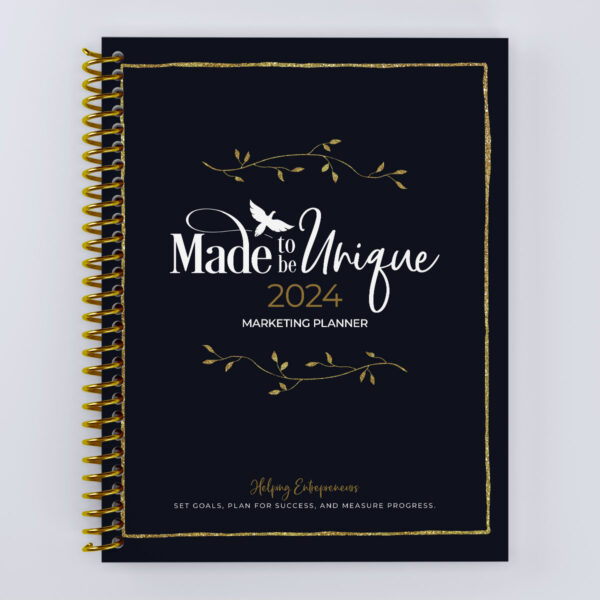A brand identity guideline is like the roadmap that keeps your brand on track, ensuring that every visual element aligns with your business’s personality and values. So, what’s typically found in this design bible? Let’s break it down:
1. Logo Usage:
Your logo is the face of your brand, and the guideline will detail how it should be used. This includes variations, clear space around the logo, and guidelines for different backgrounds.
2. Color Palette:
Like a painter’s palette, this section outlines the approved colors for your brand. It includes primary and secondary colors, along with their Pantone, RGB, CMYK, or hex values for consistency across various mediums.
3. Typography:
Fonts play a crucial role in your brand’s voice. The guideline specifies the primary and secondary fonts, including styles and sizes for headings, subheadings, and body text. It ensures a cohesive and readable look across all communication.
4. Imagery Style:
Just as your garden has a particular aesthetic, your brand imagery should follow suit. This section outlines the style of images and graphics that align with your brand. It might include guidelines on photography style, illustration preferences, or any visual elements unique to your brand.
5. Voice and Tone:
Your brand’s personality shines through its voice. This section defines the preferred tone for communication. Whether it’s friendly and casual or formal and informative, the guideline ensures a consistent brand voice across all written content.
6. Iconography:
Icons can be powerful visual elements. The guideline might include specific icons or symbols that are part of your brand’s identity, along with guidelines on their usage and styling.
7. Stationery and Collateral:
For small business owners, this is where you’ll find details about business cards, letterheads, and other printed materials. It includes design templates, layout guidelines, and specifications for maintaining a cohesive look.
8. Digital Presence:
In the age of websites and social media, the guideline will often extend to digital platforms. It might include specifications for your website’s design elements, social media posts, email templates, and more.
9. Usage Do’s and Don’ts:
To prevent any missteps, the guideline provides a clear list of do’s and don’ts. It covers situations like resizing logos, altering colors, or using fonts outside the specified range.
10. Brand Story and Positioning:
This section might delve the broader context of your brand – its story, mission, and positioning in the market. It helps to keep everyone on the same page regarding the brand’s essence and purpose.
Having a well-documented brand identity guideline is like having a trusted partner in your design journey. It ensures that whether you’re creating a website, designing marketing materials, your brand remains true to itself.












